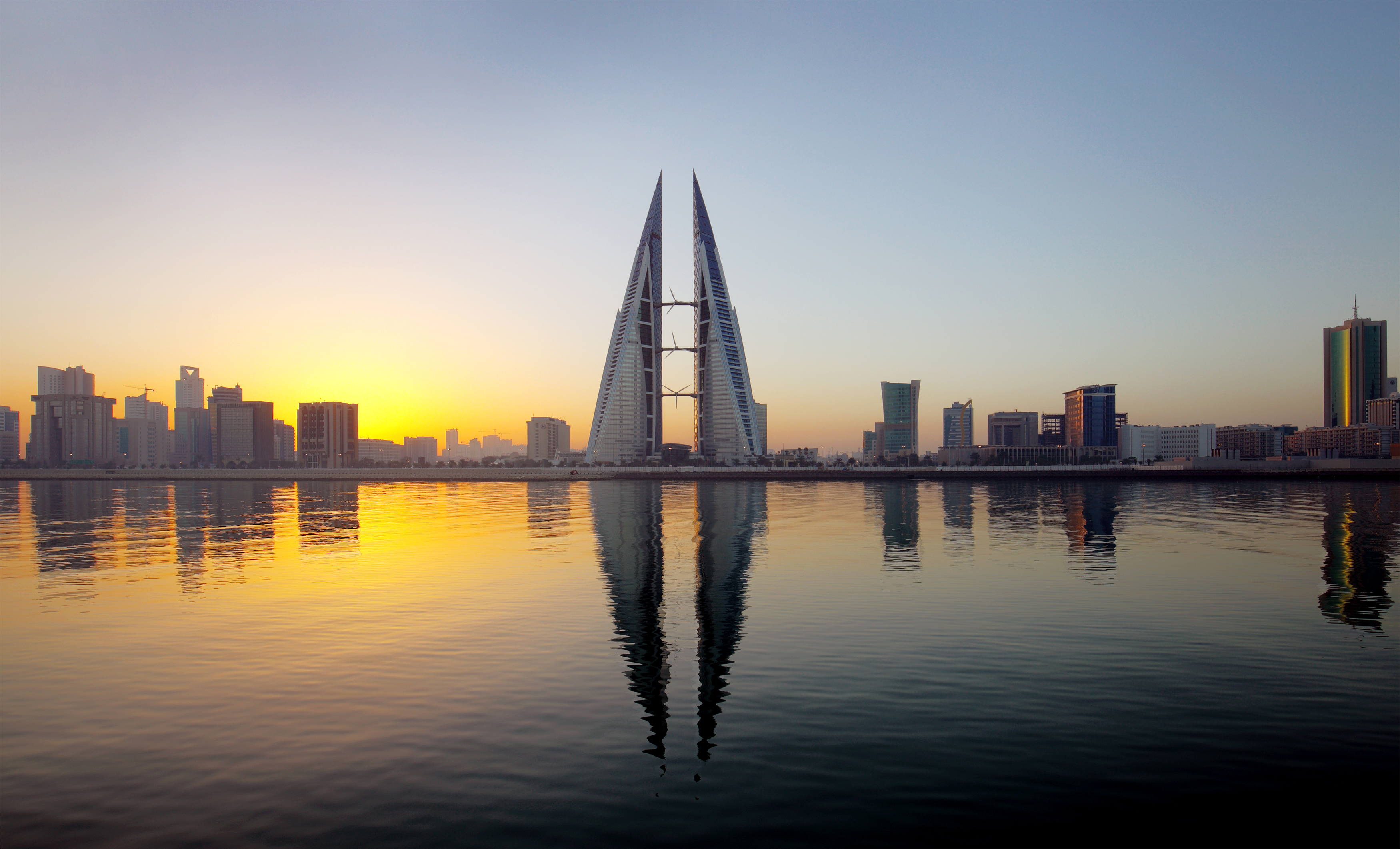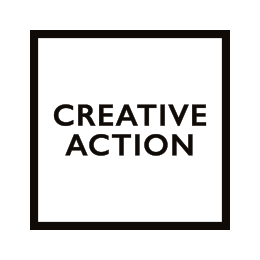
A CONTINUED FLOW OF INVESTMENTS in infrastructure looks set to maintain Bahrain’s upward trajectory in the second half of this year, with non-hydrocarbons sectors helping to drive the country’s fastest growth rate in two years.
According to data issued by the Economic Development Board (EDB) in late July, the economy expanded by 0.8% quarter-on-quarter from January to March and 4.5% year-on-year (y-o-y), the best rate of increase since 2014.
The oil sector’s 12.4% y-o-y increase underpinned this growth, with the services and construction sectors driving non-oil growth of 2.7% y-o-y. The social and personal services sector, which includes private education and health care, expanded 8.4% while the construction and financial services sectors expanded 5.4% and 3.1% respectively, according to EDB’s “Bahrain Economic Quarterly” report released in June.
The results underscore the resilience of Bahrain’s economy in the face of a challenging global economy, according to Khalid Al Rumaihi, chief executive of the EDB.
“This reflects the strengths of the fundamental factors underpinning long-term growth in the region, the positive impact of the strategic infrastructure investment programme and Bahrain’s unique position as a location from which businesses can access the opportunities in the GCC,” he told regional media.
Growth in non-oil sectors
With some suggestions that global oil supply levels may rise in the second half of this year – July saw short-term floating storage at its highest level since 2009, according to the International Energy Agency (IEA) – it is possible that the rally in oil prices may flatten out.
While this may take some of the momentum out of Bahrain’s economic rebound, investments and expansion of key sectors such as manufacturing, construction and transport are expected to stabilise the economy in the short and medium term, according to a report released by Netherlands-based financial services firm Rabobank in June.
Support for the construction sector has come from the increasing pace of infrastructure development being undertaken by the government, much of which is backed by capital from the GCC Development Fund. As of May, $3bn worth of projects funded by the GCC support programme had broken ground, according to the EDB.
Sameer Abdulla Nass, chairman of Nass Group, said the growth in upcoming projects is promising, but he also expressed some concern about their timing.
“The projects could have been planned in a more coordinated schedule – the huge growth in projects will create inflation for labour and material prices. Although we are not too concerned about outside competitors entering the market during this time, Bahraini contractors lack the advantage seen in Kuwait, for example, where a 15% preferential rate is given to local companies when applying for tenders,” he told OBG.
With up to $32bn worth of projects in the development pipeline, the construction sector should continue to be a leading force in the economy in the medium term, with strong demand for skilled labour, technical services and materials feeding growth.
Employment boost
Economic growth was exceeded by gains in employment, with workplace participation increasing 7% y-o-y in the first three months of the year, with private sector sign-ons up 9%, representing 46,669 new positions.
These gains reversed two quarters of easing growth rates in the employment market, and also represent the highest rate of increase in more than three years.
While overall employment gains were strong across FY 2015/16 ending March 30, much of this increase came through growth in expatriate job activity.
Employment in the Bahraini private sector rose by 1334 to 92,567 as of the end of the first quarter from year-end results, indicating the economy is still struggling to create positions for nationals, despite greater diversification of the economic base.
While employment levels were on the rise, inflation was moving in the opposite direction.
As of the end of June, consumer inflation was running at 3.3% y-o-y, marginally down on the annualised rate of 3.7% at the end of May. The June figure also continued a downward trend in price increases, with inflation having peaked at 3.8% in April.
If, however, the economy maintains its solid growth into the second half of the year, it is possible that inflationary pressure could start to increase again as domestic demand rises.
Ratings revision
Though the economy is gaining momentum, concerns remain over its ability to sustain growth and reinforce its fiscal situation.
At the end of June, ratings agency Fitch downgraded both Bahrain’s long-term foreign currency from “BBB-” to “BB+” and local currency default ratings from “BBB” to “BB+” with a stable outlook, citing a deterioration in the country’s fiscal position stemming from low oil prices.
While noting that the government is making progress in fiscal consolidation, including activating new revenue generation streams and reducing outlays, Fitch said it expected government debt to rise from 62% of GDP last year to almost 80% this year.
The agency also forecast a relatively modest increase in the state budgetary deficit, up from last year’s 14.8% of GDP to 15.4% this year.
Further revenue generation measures such as the introduction of the GCC-wide goods and services tax and reductions in subsidies along with an expected increase in oil prices, could however see the deficit more than halved by 2018, the Fitch statement said.
Fitch’s projection for the short term fiscal deficit is lower than that of the IMF, which estimated in a report issued at the end of April that the budgetary shortfall for this year would come in at 19.5% of GDP, while the economy would expand by 2.2%, below Fitch’s forecast of 3.3%.



